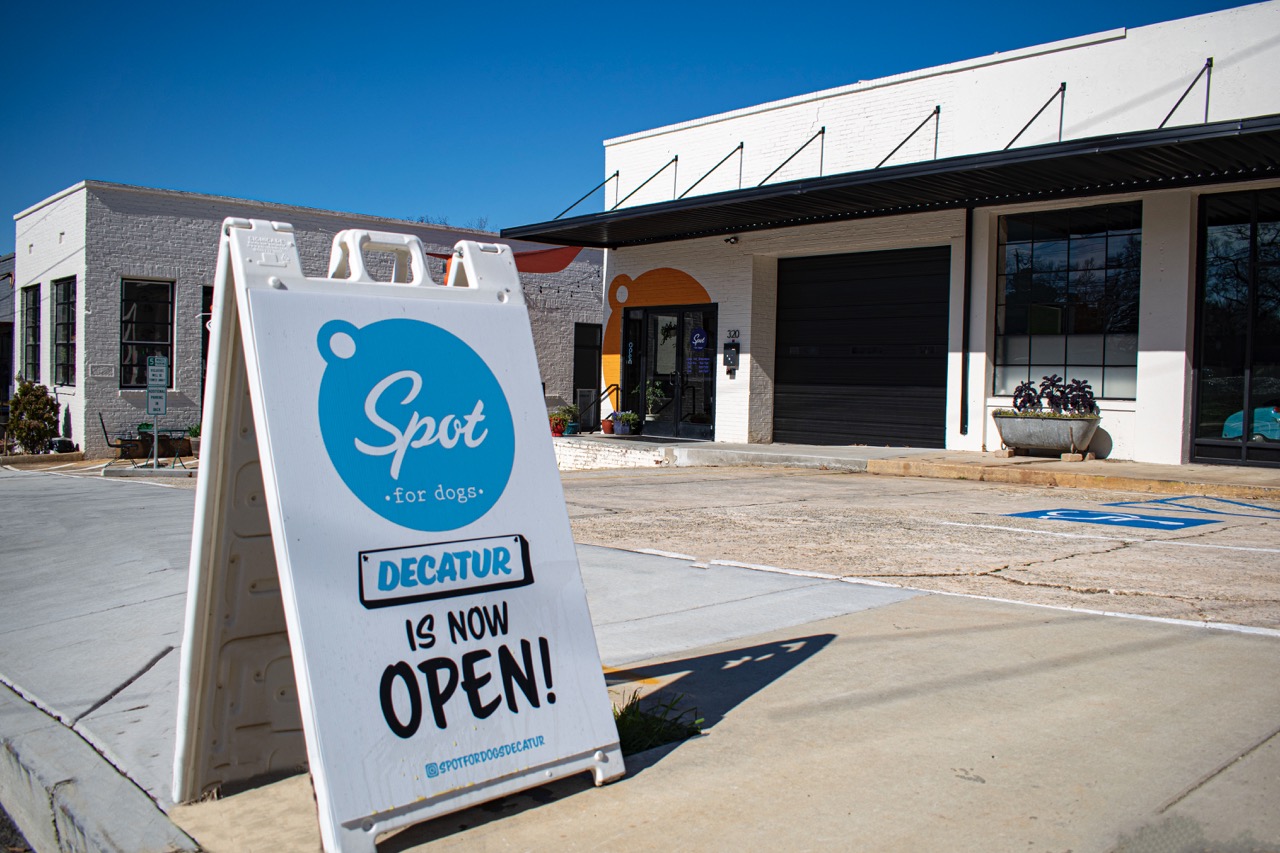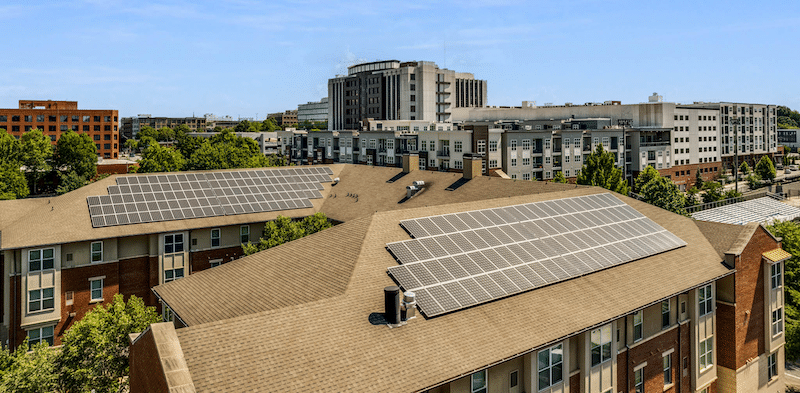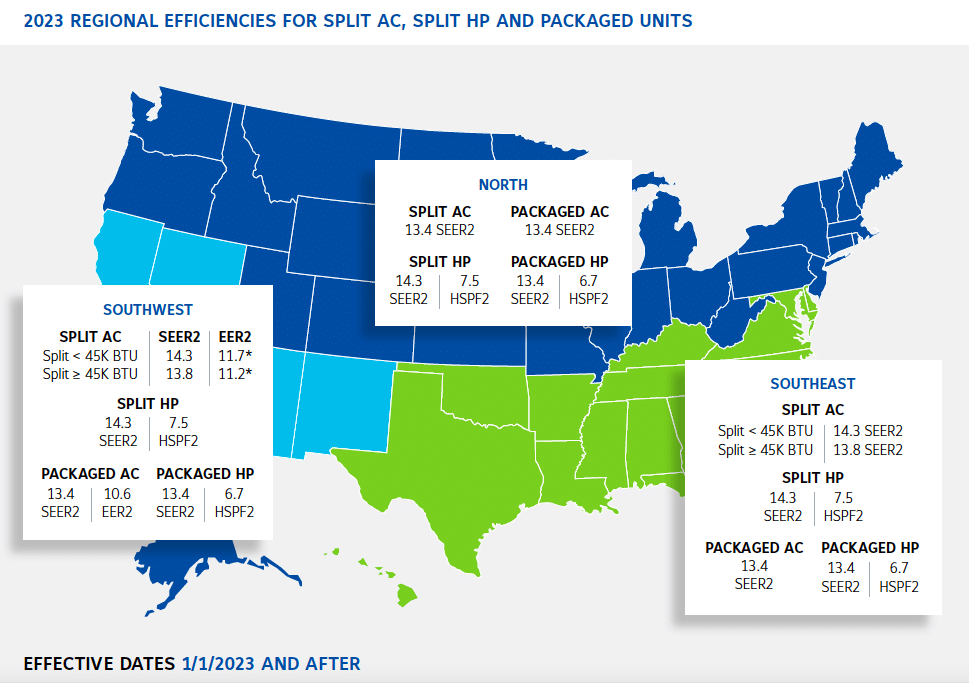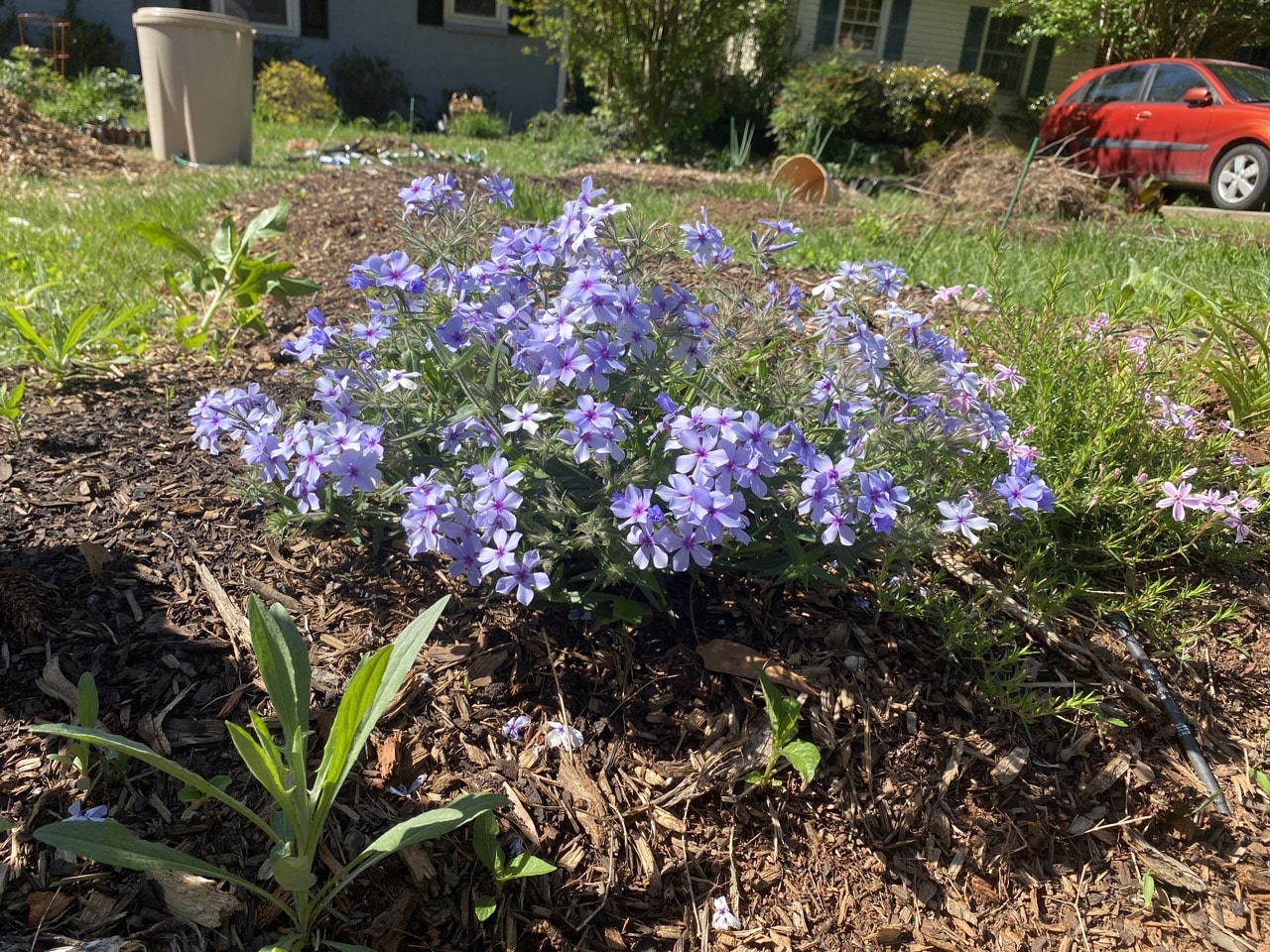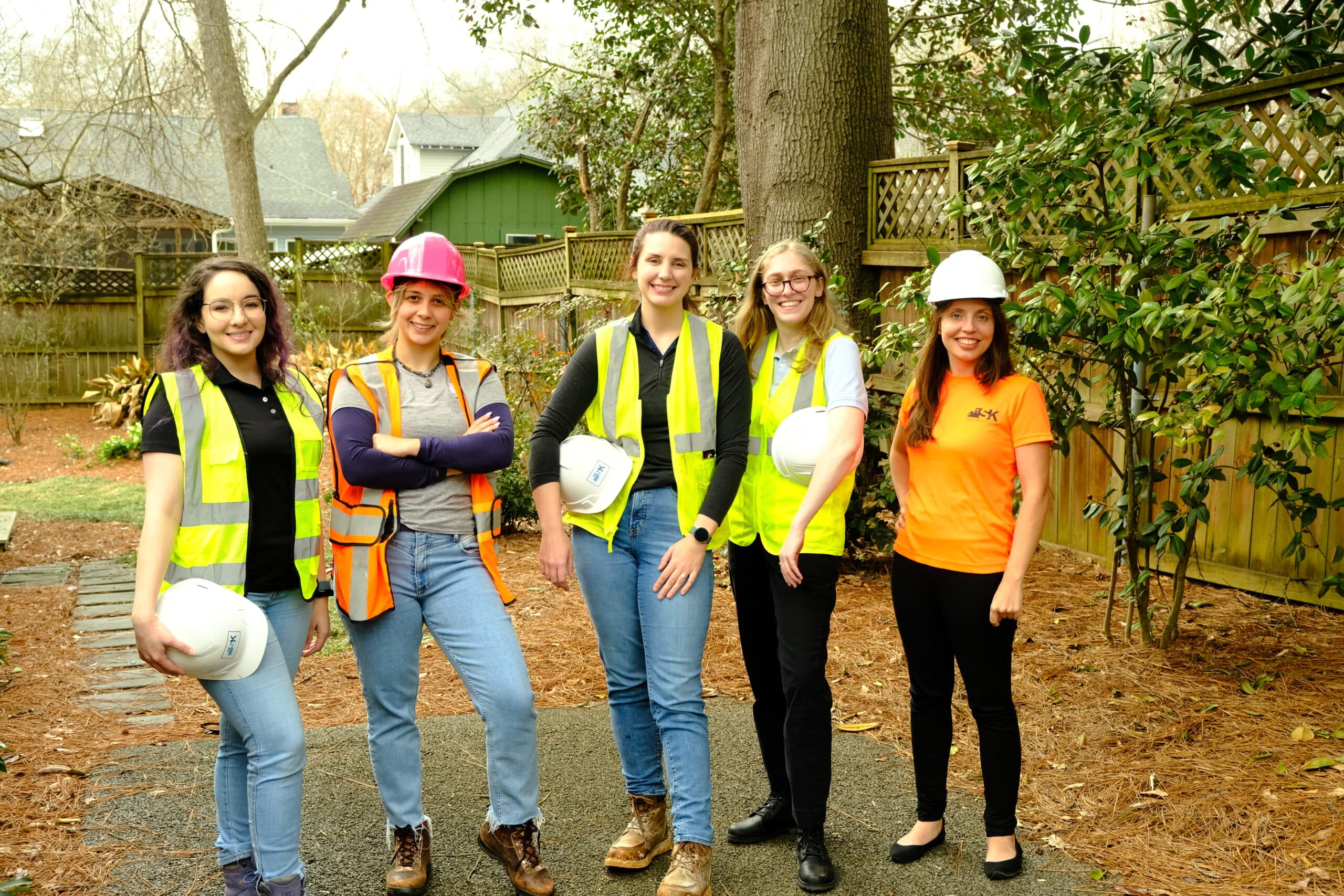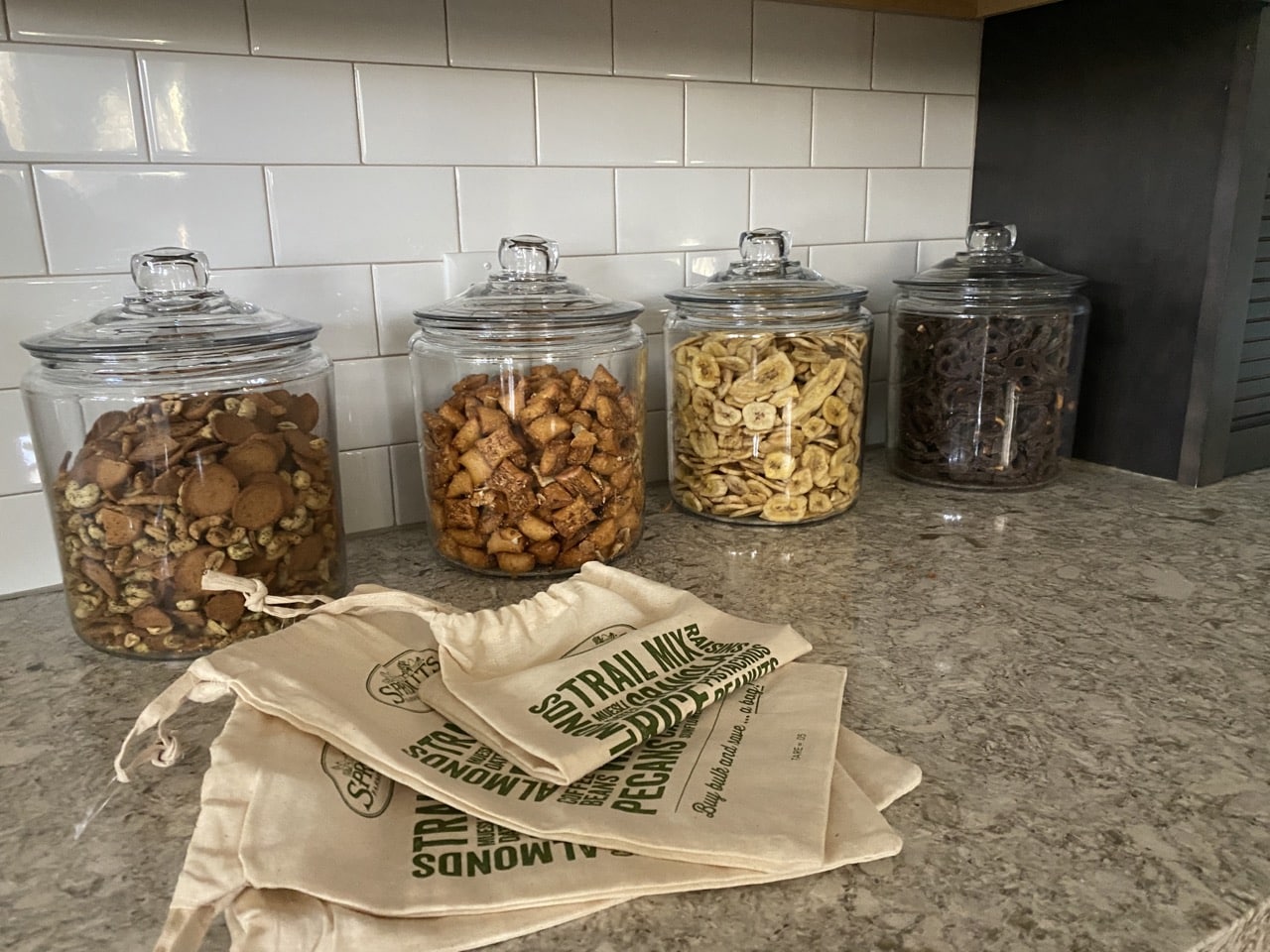[vc_row css_animation="" row_type="row" use_row_as_full_screen_section="no" type="full_width" angled_section="no" text_align="left" background_image_as_pattern="without_pattern"][vc_column width="1/2"][vc_empty_space][vc_single_image image="2839" img_size="700x600" add_caption="yes" qode_css_animation=""][vc_column_text]
Phlox divaricata, or “Chattahoochee Phlox”, a perennial native making its second year appearance in the garden[/vc_column_text][/vc_column][vc_column width="1/2"][vc_empty_space][vc_column_text]
By: Sarah Kelty, SK Collaborative
[/vc_column_text][vc_empty_space height="60px"][vc_column_text]
I’ve always been more of a fruit and vegetable gardener, but this year I’ve fully turned my attention to flower gardening. Pollinators – bees, butterflies, beetles, birds, bats, and other beneficial critters beginning with b – had been on my mind for a while, but what really pushed me over the edge and drove me to purchase thousands of seeds over the winter, was the decision to grow my own flowers for my wedding in June. A bad idea? Possibly. But by choosing plants that pollinators love, even if I disappoint my mother-in-law, at least Mother Nature will respect me![/vc_column_text][vc_empty_space][vc_empty_space height="60px"][/vc_column][/vc_row][vc_row css_animation="" row_type="row" use_row_as_full_screen_section="no" type="full_width" angled_section="no" text_align="left" background_image_as_pattern="without_pattern"][vc_column width="1/2"][vc_empty_space][vc_column_text]
What are pollinator-friendly plants?
Pollinator-friendly plants are exactly what they sound like – plants that attract insects and other animals that transfer pollen from flower to flower.
Native plants in your area are generally going to be the best plants to attract and support pollinators, as they have evolved side by side with local pollinator species and are adapted to the regional climate. In fact, some pollinators need specific plants to survive. A lot of people already know about monarch butterflies’ relationship with milkweed, but fewer know that the Zebra Swallowtail butterfly is totally dependent on pawpaw trees. (If you are also new to paw paws, aka the “Indiana Banana,” it’s a tropical-tasting fruit indigenous to the eastern United States that is growing in popularity for its unparalleled deliciousness).
I planted some coneflowers and black-eyed Susans native to Georgia (where I live), which created a lot of buzz with the butterflies and bees. Other pollinator favs (not all native to my region) include: Anise hyssop, bee balm, blanket flowers, borage, cosmos, passion flowers, poppies, spider flowers, sunflowers, Verbena, wild bergamot, yarrow…and so many more!
Check out your local cooperative extension office website for pollinator-friendly plants best suited to your area.[/vc_column_text][vc_empty_space][vc_column_text]
What do pollinators mean for people?
While there is something magical about seeing bees and butterflies on my way out of the house each morning, there is a more pressing reason for building this tiny pollinator paradise. Bee populations in the U.S. have been dropping at a rate of 30-45 percent annually over the last decade (a drop comparable with my bank account leading up to this wedding) with some beekeepers losing half or more of their colonies every year. [/vc_column_text][/vc_column][vc_column width="1/2"][vc_empty_space][vc_single_image image="2854" img_size="500x800" alignment="right" qode_css_animation=""][vc_column_text]
An American Lady butterfly enjoys a sunflower in the front yard garden
[/vc_column_text][/vc_column][/vc_row][vc_row css_animation="" row_type="row" use_row_as_full_screen_section="no" type="full_width" angled_section="no" text_align="left" background_image_as_pattern="without_pattern"][vc_column][vc_empty_space][vc_column_text]
But the reality is, we need pollinators. More than a third of the world’s food crops need pollinators to reproduce. And one out of every three bites of the food you eat depends on bees, bats, and other animal pollinators. Not to mention their critical role in U.S. agriculture and the economic impacts associated with their decline.
So this is bad news. A world without almonds, bananas, coffee, or tequila is not one I want to live in. But the good news is that there are ways we can be a part of the solution – as individuals, property owners, and developers.
[/vc_column_text][vc_empty_space][/vc_column][/vc_row][vc_row css_animation="" row_type="row" use_row_as_full_screen_section="no" type="full_width" angled_section="no" text_align="left" background_image_as_pattern="without_pattern"][vc_column][vc_column_text]
What can we do?
Bring on the flowers!
Widespread habitat loss is a major driver behind the increasing mortality rate of pollinators. Adding pollinator-friendly plants to your landscaping plan brings a little piece of that habitat back.
Native plants in particular are a good choice – not only because of their role in feeding and hosting pollinating insects, but also because they are lower maintenance, require less (if any) irrigation or soil amendments, and are more resistant to pests and diseases.
Look for resources on native plants in your region for inspiration. For example, the Georgia Native Plant Society publishes an annual “Plant of the Year” award to “recognize native plants that are underutilized in commercial and residential landscapes or which are vital components of Georgia’s ecology.” (Congrats, Spotted Beebalm, for your 2023 victory!)[/vc_column_text][vc_empty_space][vc_single_image image="2876" img_size="600x600" alignment="center" qode_css_animation=""][vc_column_text]
Immediate and slow release Mosquito Bits® and Mosquito Dunks®
[/vc_column_text][vc_empty_space][vc_column_text]
Don’t spray pesticides.
Another key factor in pollinator decline is heavy pesticide application. This is largely agricultural, but also applies to smaller urban properties as well.
For individual homes, focus on cleaning gutters, turning over buckets and containers where water can pool, and changing out bird bath water on a regular basis to keep mosquito populations down. Consider adding BCI certified bat boxes (I put one on my wedding registry!) and maybe try using Mosquito Dunks®.
Mosquito Dunks are a brand name version of BTI (or Bacillus thuringiensis subspecies israelensis for you lovers of microbiological taxonomy), a naturally occurring bacterium found in soils. It works by specifically targeting mosquito, blackfly, and fungus gnat larva, so that they never reach adulthood – but are non-toxic to other insects, aquatic species, humans, and other organisms. Mosquito Dunks are available to homeowners, and commercial BTI products also exist.
Even though BTI is considered an effective, non-toxic alternative to pesticide sprays, very few people seem to know about or use them. I pop a Dunk into a bucket of stagnant water every month during mosquito season and watch it slowly dissolve over 30 days. It’s made a big difference in the amount of mosquitos in my yard, especially since I live next to a creek.
And lastly, get civically engaged! Support legislation that curbs harmful pesticides, like this New York petition to ban certain uses of neonicotinoids. [/vc_column_text][vc_empty_space][/vc_column][/vc_row][vc_row css_animation="" row_type="row" use_row_as_full_screen_section="no" type="full_width" angled_section="no" text_align="left" background_image_as_pattern="without_pattern"][vc_column width="1/2"][vc_empty_space][vc_single_image image="2886" img_size="600x600" qode_css_animation=""][vc_column_text]
Front Yard sign, courtesy of Pollinator Friendly Yards.
[/vc_column_text][/vc_column][vc_column width="1/2"][vc_empty_space][vc_column_text]
Protect ground nesting bees
We always think of bee hives, but 70% of bees live underground. Although honey bees (which are not native to North America) pollinate one third of the food we eat, native bees are responsible for pollinating 80% of the world’s flowering plants.
To help native ground nesting bees, we can:
- Let leaves in the fall lie until spring. Leaves provide cover to underground nests.
- Participate in No Mow May (or April) – but be sure to cut the grass back gradually and avoid using herbicides or pesticides.
- Go mulch-free in part of your property; the barrier prevents bees from digging down into the soil.
- Check out the Bee Conservancy’s guide on 10 Easy Ways to Save the Bees.
[/vc_column_text][/vc_column][/vc_row][vc_row css_animation="" row_type="row" use_row_as_full_screen_section="no" type="full_width" angled_section="no" text_align="left" background_image_as_pattern="without_pattern"][vc_column][vc_empty_space][vc_column_text]
In conclusion…
This is by no means a comprehensive list. I’m dipping a toe into pollinator-friendly gardening, but there are whole books, articles, podcasts, and blogs devoted to this topic. Check back here in a few months for some before and after photos, and read some of our other blogs in the meantime!







